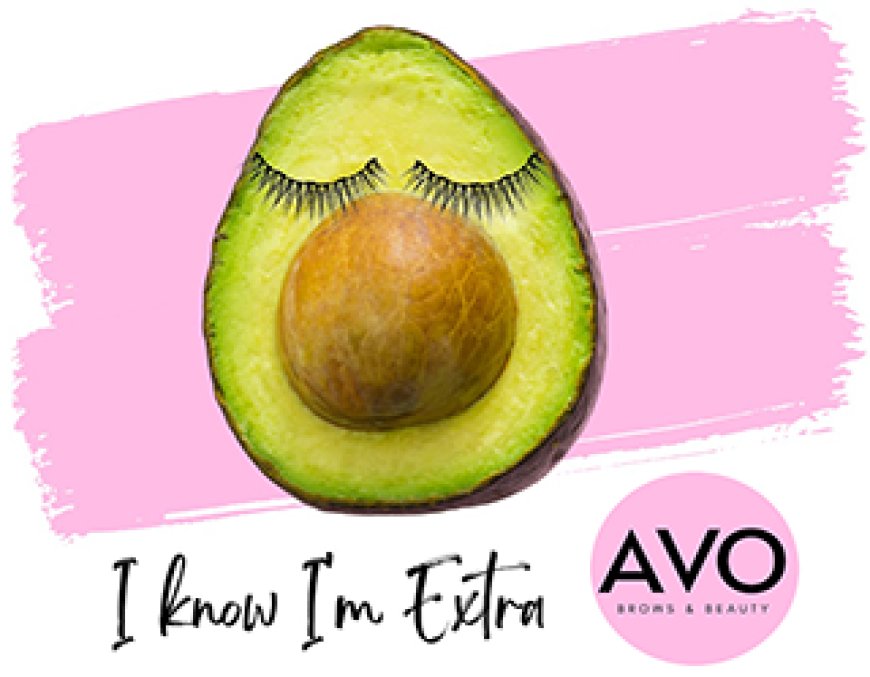Enrollment at San Diego’s District-Run Schools Dropped But Shot Up at Charters


When Heather Higginson Santana’s son Tiago was young, he attended a district-run public school where he received special education services. The classroom experience felt chaotic to Tiago. He would get over stimulated or anxious and fall behind. To catch him up, his teachers would pull him out of class to work with him.
“But every time they pulled him out, he was missing another assignment. I thought, how is he ever going to catch up?” she said.
So, she enrolled her son at Dimensions Collaborative, a public charter school that works to help create personalized learning plans for parents who want the flexibility of homeschooling.
She said the impact was immediate. Many of the issues Tiago experienced at the traditional district-run school disappeared. She pulled all of her kids out and enrolled them in charter schools about a decade ago. She has no regrets. Last month, Tiago both graduated from high school and received an associate’s degree in automotive engineering from Cuyamaca College in the same week.
Higginson Santana said she’s not for or against any specific kind of school; she’s pro-school choice.
“I didn’t want my children to conform, to fit in with what the teachers wanted, or what other students wanted, or what society wanted,” Higginson Santana said. “No kid learns the same, even if they’re siblings. I will have four kids graduate from four different schools.”
She’s not the only parent who has looked for other options.
Over the past decade, enrollment at San Diego County’s public schools has declined by about 27,000 students. That decline is driven by big structural issues, like declining birth rates and increasing cost of living chasing some families from the region. But it’s not the whole story.
Enrollment-wise, the county’s district-run schools and its public charters are heading in the opposite direction.
Since 2014, enrollment at district-run schools has declined by about 12 percent. They’ve lost nearly 53,000 students – a number greater than the population of Del Mar, Coronado and Lemon Grove. Meanwhile, charter enrollment has reached a new peak. They’ve added nearly 26,000 students, an increase of about 41 percent.
That growth seems to be driven in large part by the growing popularity of more flexible and virtual options. Families of students with disabilities are also flocking to local charters that they feel may be better suited to educating their kids.
The fiscal stakes of enrollment changes are high. And as the number of students countywide decreases, charters and district-run schools are increasingly in competition for those that are there.
But even some charters long accustomed to growth have begun to feel the pinch of fewer kids.
Why Parents Choose Charters
Charter schools emerged as a way to test fresh approaches to education, all while maintaining the tuition-free nature of public schools. Proponents have long argued charters, which are managed independently of the districts that authorize them, offer a higher quality education than some traditional district-run schools.
In reality, charters have been a bit of a mixed bag, though research shows in recent years charters have on the whole begun to pull ahead of district-run schools.
For many families, though, the pitch has resonated. In recent years, more parents have turned to charters instead of district-run schools. That’s especially true in poorer neighborhoods, whose schools are lower performing, and where families more frequently choose to send their kids to charter schools.
Preuss School focuses on just those kinds of families. The school caters to low-income students or children who would be the first in their families to attend college and the high performance of those students has earned the school national prestige.
Helen Griffith, Preuss’ CEO, said the school’s college preparatory opportunities, the extra academic support, like robust tutoring, and the perception that the school is safer than their neighborhood school are a big draw for parents.
Charters have more control over how they spend money, how they construct classes and what kind of curriculum they implement. Griffith said not only do parents appreciate that autonomy, but some also feel that allows charters to be more responsive to a student’s needs.
“I think parents sometimes feel like they have more of a voice in a charter school,” Griffith said. “It’s not a beast. In a district they may feel like, ‘Oh my god, so I’m just a number in a sea of millions.”
A Surge in Students with Disabilities
That smaller size, and the sense that charters can be nimbler, is especially important to the families of students with disabilities, Griffith said.
“Charter schools really have a special ed model that is second to none. In terms of the support, the consistency, the staff, the ability to really focus in on individual needs, as opposed to a one size fits all model,” Griffith said.
Studies haven’t always come to the same conclusion. In fact, some researchers have even declared that charters are “failing,” students with disabilities.
Still, in recent years, the number of students with disabilities at charter schools has exploded, more than doubling over the past decade. The figure only increased by about 31 percent at district-run schools.
A similar pattern has played out statewide, with the number of students with disabilities enrolled at charter schools increasing disproportionately compared to overall enrollment.
The Virtual Turn
Much of the increase at charters is concentrated in fully or partially virtual schools, where enrollment has nearly tripled over the past decade.
Arthur Congo is the director of Southern California advocacy for the California Charter Schools Association, an organization comprised of charter schools across the state.
In his conversations with families, he has heard myriad reasons families choose virtual charters. Some cite things like social anxiety or being immunocompromised. Others even choose them because the child wants to pursue a specialized career like theatre that requires they travel frequently. Virtual schools give them that option.
“That kind of flexibility for the non-classroom based schools, I think, is really attractive to some families,” Congo said.
But the enrollment rise at virtual charters may also be fraught.
Historically, virtual schools, and particularly virtual charters, have been some of the lowest performing schools in the county. Virtual schools have also been plagued by misconduct and fraud.
The meteoric rise in enrollment at virtual charters is largely thanks to the creation of just two new schools – Cabrillo Point Academy and Pacific Coast Academy. The schools are part of another network of charters called Inspire, which auditors found for years overreported student attendance.
As of last year, they enrolled nearly 12,500 students. That’s just under half the total increase in charter school enrollment countywide since 2014. One of every 14 students enrolled at a charter school authorized in San Diego County go to the schools.
Those students likely aren’t all in San Diego County. While they are both authorized by Dehesa and headquartered out of the same Poway address, their websites advertise that they serve students in neighboring areas like Orange County, Riverside and Imperial Valley.
Dehesa itself is also no stranger to scandal. District leadership was deeply involved in the most notorious charter scam in California history, which has since inspired lawmakers to repeatedly attempt to enact hotly contested oversight measures.
Since that scam, though, enrollment at Dehesa’s charter schools has only grown – thanks to Cabrillo Point and Pacific Coast.
Competing for a Smaller Pie
As enrollment has declined, school districts have been squeezed by funding declines. The growth of charters, which compete with district-run schools for students and funding, has only added to the pressure.
And there’s a significant amount of funding at stake – more than $10,000 per student from the Local Control Funding Formula alone.
The money adds up quick, San Diego Unified Trustee Richard Barrera said.
“If you’re a neighborhood school and you lose 50 kids, that might mean you don’t have a vice principal, or you have fewer counseling hours available or less time for the school nurse,” Barrera said.
And it’s not just public schools that are trying to figure out what comes next. Even some charters are feeling the squeeze. While enrollment increased rapidly at charter schools prior to 2020, it slowed and even declined slightly during the heat of the pandemic. The rate of growth is increasing again, but not at the rate it once was.
Enrollment at some charters in San Diego’s urban core, where the cost of living is most expensive, has stalled or even ticked down, said Congo.
That’s put some schools in a catch 22 of sorts. They need to market themselves and show they can effectively provide the services families are looking for. But every dollar spent on marketing can no longer be used on the services they advertise. And that marketing doesn’t even guarantee new students will enroll.
“It’s a huge challenge,” Congo said. “You’re finding less and less wiggle room in your budget.”
The post Enrollment at San Diego’s District-Run Schools Dropped But Shot Up at Charters appeared first on Voice of San Diego.










